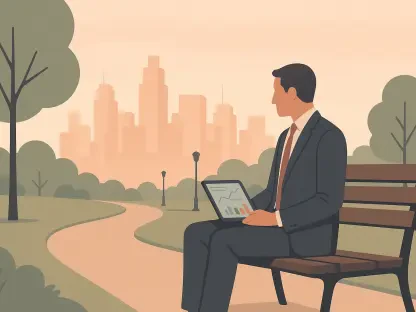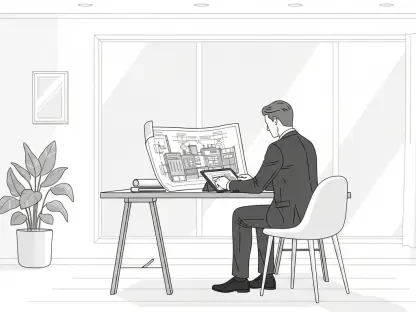The insurance claim process in car repair incidents can be a tangled web of complexities, where understanding which insurer shoulders the financial burden first is crucial. This has become increasingly significant as burgeoning technologies and evolving ownership paradigms reshape the landscape. Essential insights into regulatory frameworks, policy terms, and industry evolutions can provide clarity to insurers and insureds contemplating coverage hierarchies.
Current Market Context and Evolving Norms
The dynamic landscape of automotive insurance has significantly transformed over recent years as ownership models and vehicle technologies have grown more complex. Historically, clear-cut insurance responsibility was straightforward, but recent developments have muddied the waters. Sophisticated vehicles with built-in technology and shared mobility options have introduced convoluted insurance scenarios. Legal precedents, like the Bailee Coverage Statute, exemplify how legislative changes have been instrumental in resolving conflicting claims, streamlining dispute resolutions under conditions where vehicles are entrusted to repair facilities.
Dissecting Policy Dynamics and Legal Statutes
Key Role of Policy Clauses in Determining Priority
In analyzing today’s market, the specificity of policy terms can often determine which insurer pays first. Distinct contractual language spells out primary versus secondary coverage in overlap scenarios. A case in point is the legal confrontation between Erie Insurance Exchange and State Farm, where differing interpretations of policy clauses prompted legal challenges. Such disparities underscore the necessity of carefully crafted clauses to reduce litigative occurrences and clarify responsibilities between insurers.
Statutory Changes Impacting Insurance Frameworks
Moving beyond policy specifics, statutory enactments like Indiana’s Bailee Coverage Statute illustrate the pivotal role of local laws. These statutes prioritize payment responsibilities, as seen when vehicles fall under a repair shop’s care. For businesses operating across states, understanding regional variations can be imperative. Insurers can strategize by aligning policies to meet local legal mandates, thus mitigating potential conflicts and fostering efficient claims management.
Adapting to Disruptions in Automotive Insurance
Emerging innovations and geographical factors further complicate determining the insurance pecking order. As the market embraces telematics and shared mobility models, insurers anticipate increased regulatory adaptations in coverage frameworks. With shifting regulations and technology-driven paradigms, industry discussions emphasize moving beyond simplistic policy term scrutiny to account for legal and technological elements shaping claim adjudications.
Future Market Predictions and Strategic Approaches
The car repair insurance market sits at the cusp of transformative shifts driven by advanced technologies and consumer behavior changes. AI integration promises to streamline claims processing, and the rise of digital platforms could facilitate underwriting procedures. Growth in shared vehicle initiatives and new insurance partnerships with repair shops are reshaping the decision-making processes underlying coverage responsibility. As the regulatory environment evolves, insurers must adopt a harmonized approach, linking statutory conformity with cutting-edge technological innovations to precisely delineate primary and secondary insurer duties.
Conclusion and Future Directions
The intricacies of determining insurance precedence have mandated a deeper comprehension of how statutory regulations, policy wordings, and technological shifts interact. As the insurance sector faces challenges in aligning policies with regional statutes, adapting innovative tools becomes essential. A strategic focus on synchronizing policies with statutory requirements has emerged as a significant lesson for stakeholders. Insurers are now positioned to explore groundbreaking practices that could reshape claim protocols and move beyond traditional frameworks, enhancing clarity and fairness in a rapidly evolving market.









